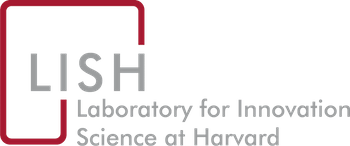Public Goods
. 2011. “Seeds to Succeed?: Sequential Giving to Public Projects.” Journal of Public Economics, 95, 5-6, Pp. 416-427. Publisher's VersionAbstract
. 2018. “Charitable Giving in the Laboratory: Advantages of the Piecewise Linear Public Good Game.” In The Economics of Philanthropy: Donations and Fundraising, . MIT Press. Publisher's Version
. 4/2019. “Incentives for Public Goods Inside Organizations: Field Experimental Evidence.” Journal of Economic Behavior & Organization, 160, Pp. 214-229. Publisher's VersionAbstract
. 2016. Motivating Effort in Contributing to Public Goods Inside Organizations: Field Experimental Evidence. National Bureau of Economic Research. Publisher's VersionAbstract
